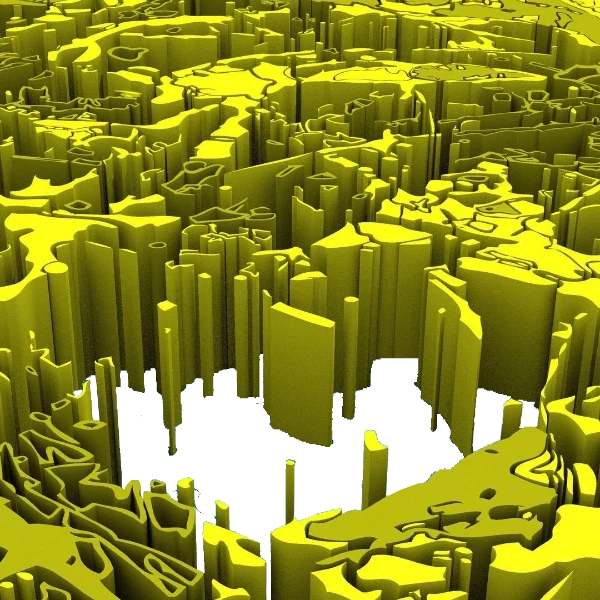
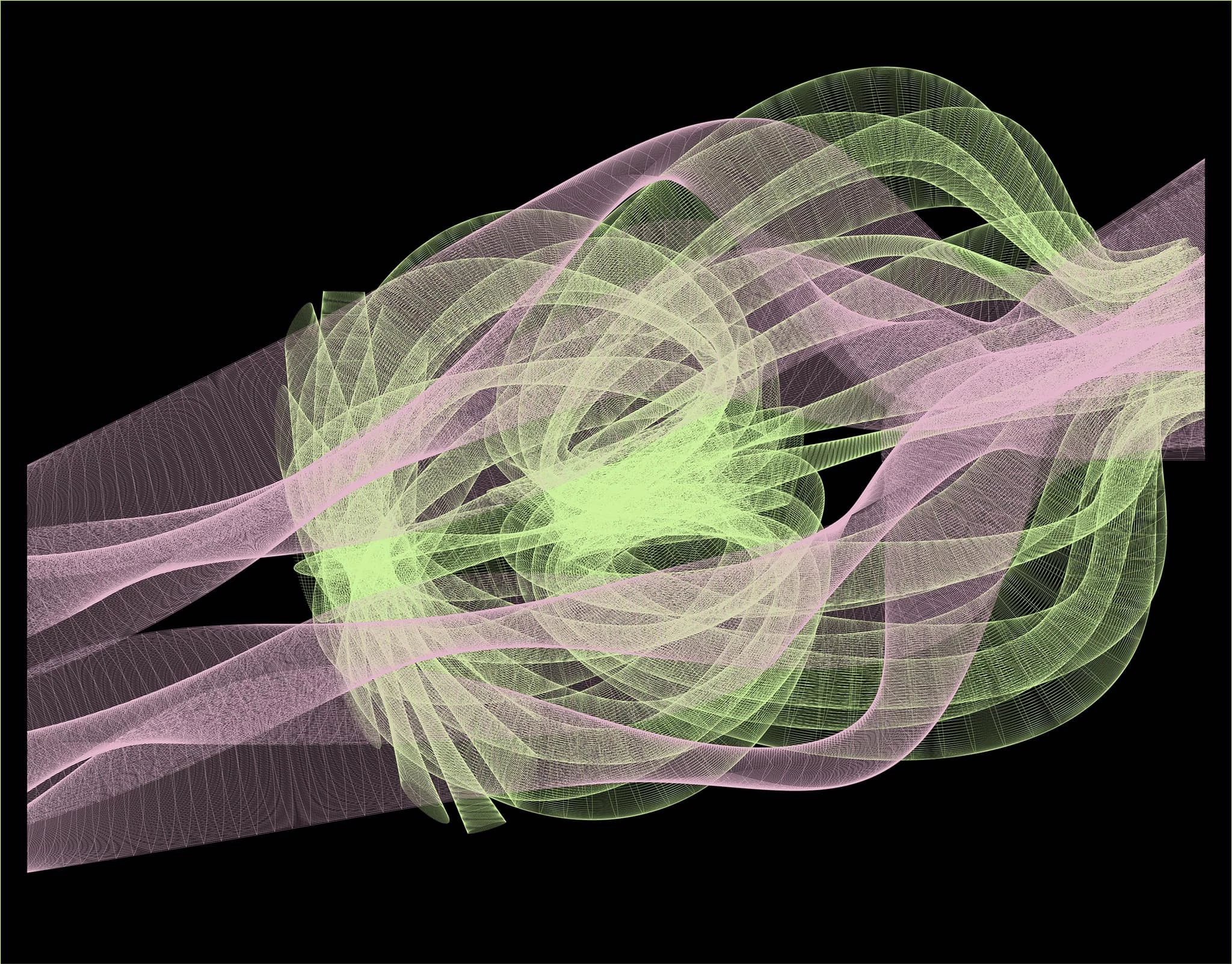
- Date
- 22 JULY 2022
- Author
- GLORIA MARIA CAPPELLETTI
- Image by
- FELICE GRODIN
- Categories
- Aesthetics
Metaverse design fundamentals and flowery meadows with Felice Grodin
Nature is immense and transcends humanity, if we think of this still incomprehensible vastness we get the recognition that our experience of the world is, in fact, almost virtual. For centuries we have asked ourselves the same philosophical questions without finding exhaustive answers, so even today, as we are discussing the metaverse on the threshold of an epochal change, we ask ourselves the same ancient, yet timeless, questions.
The effects that technologically-evoked realities have on our experiences of Nature, of place, the body, of the Other, are at the basis of RED-EYE’s aesthetics and creative research and of our questions about the future.
It seems that the historic trajectory of modern culture has developed an alienation of the environment from the human subject. Can art be separated from nature, as the new aesthetic of Unwhere suggests? We create virtual environments that resemble natural landscapes, our avatars run on flowery meadows. But where are we running?
In the middle of all the complicated theories of the particular, we gained very little actual understanding of human nature itself. In the universe, in nature, in our own reality, everything is complicated.
If someone loves organic nature, to profess a love for technology makes some people suspicious. In short, some people think that technology is driving us away from nature, and, unless we are careful, will replace it.
Because the building of a metaverse (as well as Web3) is an examination of what we are today, and tomorrow, as societies — in which, theoretically, the lines between what we do digitally and what we do in real life, are going to be blurred. The metaverse will be whatever we make it, and we can take lessons from earlier eras of massive technological change. It will be a compelling virtual environment, connecting diverse worlds and communities.
This is something that has been discussed at the 2022 WEF, because it becomes our responsibility, as creators of the metaverse, to make sure we choose the most sustainable ways to allow our ecosystems to flourish. Governments and businesses must explicitly identify requirements and initiatives to sustainably grow the metaverses ecosystem, because the present, mostly autonomous structures are not going to suffice. Stakeholders will need to create a road map for making the metaverse experience ethical, safe, and inclusive. The challenges posed by the new type of user experience must be addressed as part of the discussion about the metaverse.
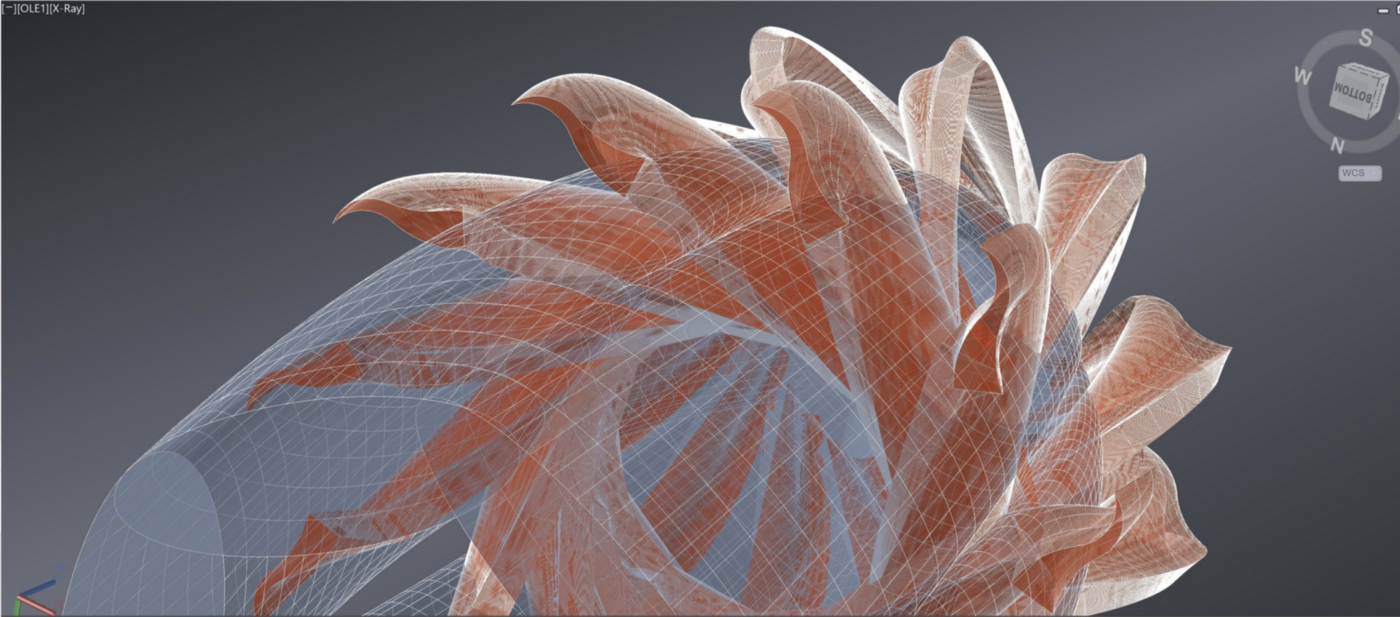
The metaverse must be designed from the start, with a strong commitment to managing impacts to climate change, pollution, waste, and downstream effects. As companies invest, devise new strategies for customers, and pivot to embrace the metaverses potential, better outcomes for sustainability must become part of future visions and plans. As companies consider how to operate in a world demanding more data, more storage, and producing more waste, we must continually prioritize sustainability for the next great technological revolution. Yes, the increased demands of a hyperconnected world are bound to demand more energy to fuel it, but the prospects are anything but grim with individuals and businesses working on becoming more sustainable across every facet of the digital ecosystem.
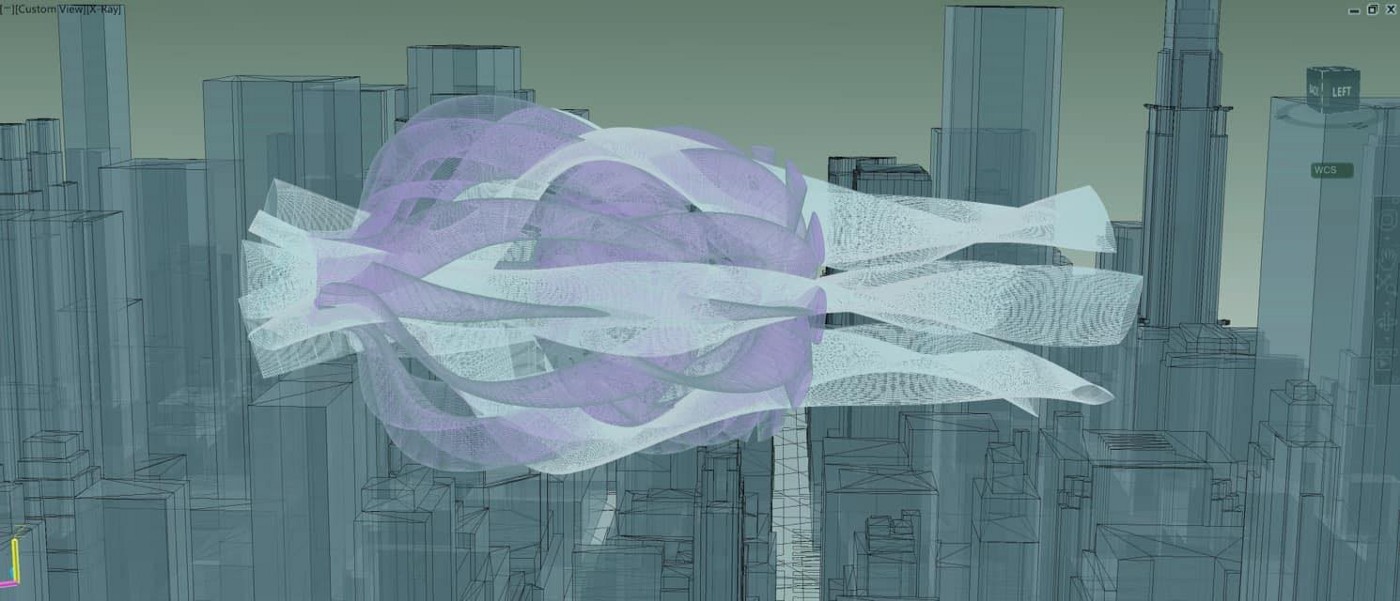
As businesses find ways to do business in the metaverse, increased data demands threaten to increase the electronic waste problem. The large amounts of data storage required for metaverse development could potentially erode sustainability goals, depending on how fast the growth is required. Analysts are concerned the metaverse might cause a massive increase in greenhouse gas emissions, according to Data Quest. While developers and owners of high-scale data centers are looking to mitigate their impact on the environment, metaverse developers are responsible for making the wise choices that increase their own sustainability.
Metaverses could contribute to improving quality of life for individuals worldwide, increasing productivity across sectors of society including commerce, agriculture, manufacturing, and services. This meta-enabled environment would allow individuals and organizations alike to build new activities contributing to sustainability. Metaverses can provide people and economic actors with common information bases, such as showing farmers how much water they are using while growing crops, data will enable them to make informed choices in terms of irrigation or water-saving technologies. There is no shared data model yet for a viable, thriving metaverse, nor is there one for existing environments, but a strengthened shared data model may indicate a next step toward a more holistic approach to data and metadata, if adopted by others within the expanding open ecosystem.
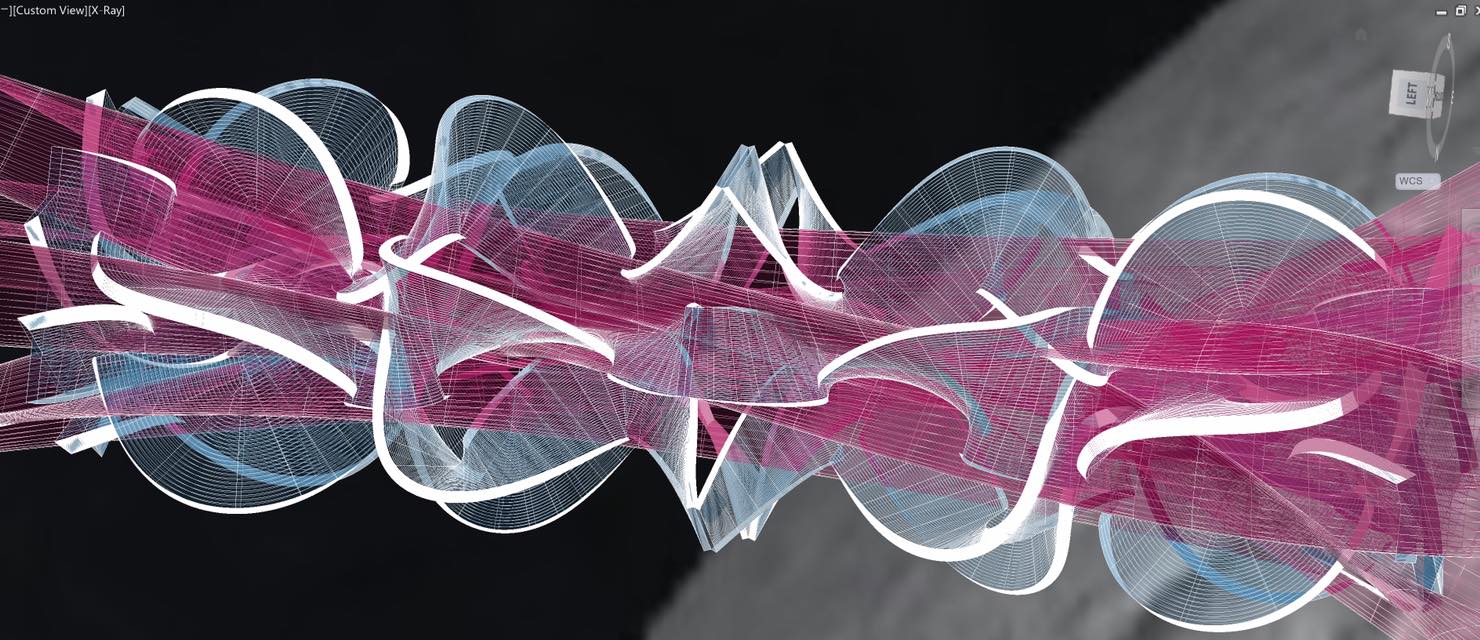
Somehow tech real time narratives can transcend isolation between individuals and build alternative understanding with others. The systems perspective sees connections and communications among humans, as well as humans and nature, and it stresses community and wholeness, in the natural and human worlds. We are about to dive into a new tech poetic approach to be a lot about this feeling of unknown roots and belonging that nature and the landscape provide.
On the occasion of World Biodiversity Day, researchers did envision how time and money spent building a highly touted metaverse — permanent virtual worlds combining aspects of digital and physical worlds — could be used to create the Natureverse, an ideal reflection of the physical world (nature) mirrored by permanent digital worlds (financial markets).
Just as smartphones have combined elements of existing technologies — portability, connectivity, and software — to open doors to a whole new user experience, the metaverse will also blend the shared ingredients of games — user-generated content, a persistent shared world, and a unique digital identity — to lift the experience into something new. Some metaverse experiences will be created from the bottom up, from temporary, anarchic virtual communities; others will be organized top-down, but in ways that make the experience more instantly accessible, in the same way Facebook brought social media to the masses and smartphones brought virtual connectivity to our own personal lives.
If humans have transformative power over nature they are responsible for nature, so even more if humankind has creative power over the metaverse such responsibility will be even greater.
When we get confused by the speed with which Web3 changes occur, we need to remember that the Metaverse can be whatever we want it to be. For this reason we have a great responsibility and we will have to start asking ourselves questions that are much more complex than those we have not already been able to answer for centuries. Maybe that’s why AI is evolving so fast. We normally read articles where some researcher asks AI questions. But do we understand what questions AI poses to humans?
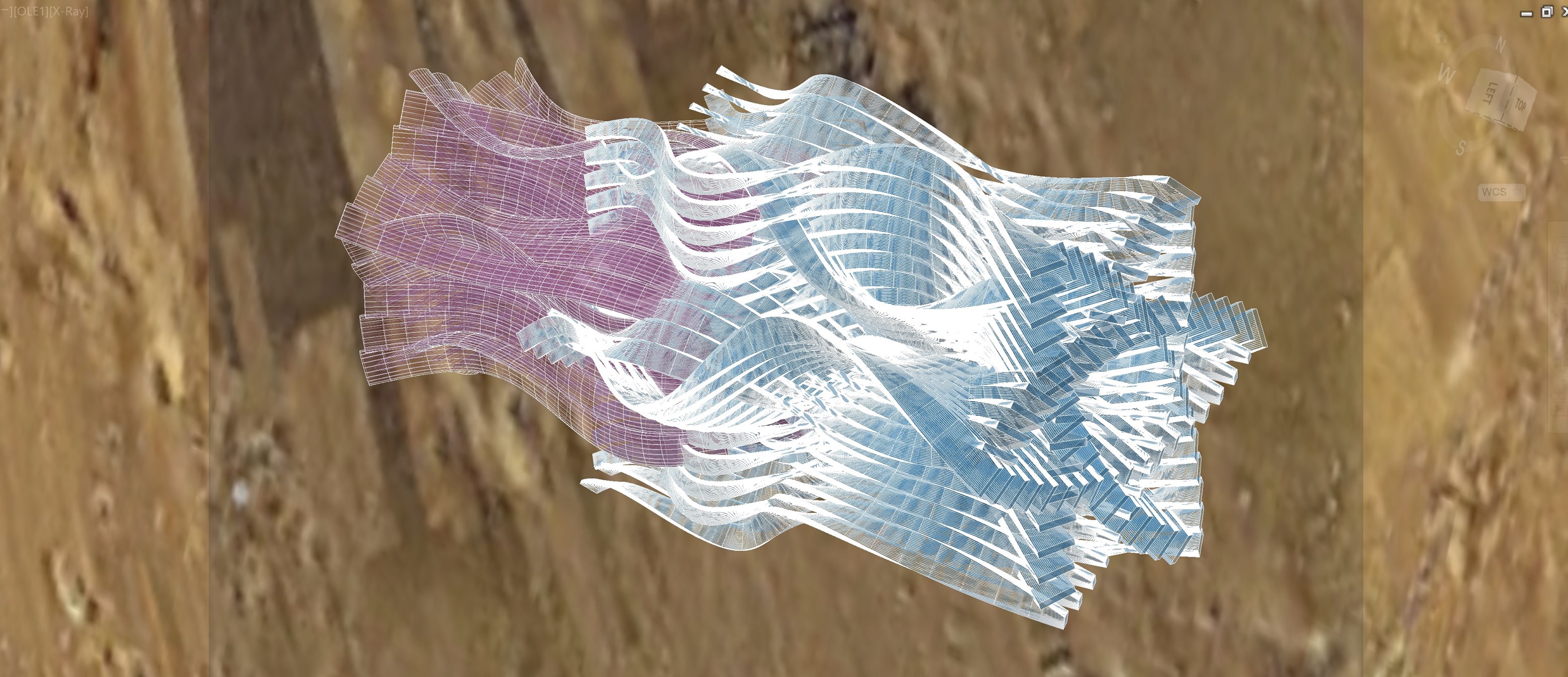
RADAR by RED-EYE is the first disclosed AI co-generated newsletter, that explores everything we need to know about the future.
AI-Generated text edited by Gloria Maria Cappelletti, editor in chief, RED-EYE
All artworks courtesy of Felice Grodin
Favorite books you need in your Web3 reading life:
Novacene : the coming age of hyperintelligence, James Lovelock
Gaia: A New Look at Life on Earth, James Lovelock